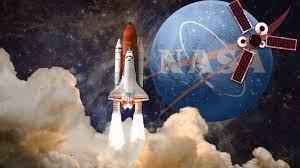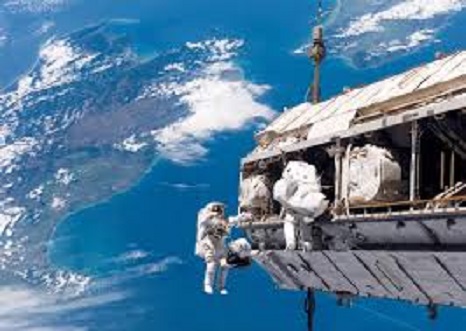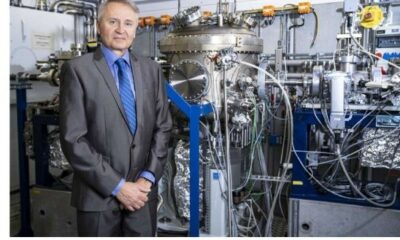News
Here is why NASA wants to put nuclear reactor on Moon and ditch solar energy

US space agency NASA wants to put a nuclear reactor on the Moon, and the project just completed its initial phase involving creating the design of the fission reactor. ‘Power’ is the top priority of the upcoming Artemis programme of NASA, where the space agency is devising ways to provide upcoming lunar bases with non-stop electricity.
The first phase
The design was supposed to accommodate power conversion, heat rejection, and power management and distribution.
NASA wants to create a nuclear reactor that can function for at least a decade without any human interference. The design, if successful on the Moon, would also be used for powering similar bases on Mars in the coming decades.
“A demonstration of a nuclear power source on the Moon is required to show that it is a safe, clean, reliable option,” said Trudy Kortes, programme director, Technology Demonstration Missions within NASA’s Space Technology Mission Directorate at NASA Headquarters in Washington.
Nuclear power vs solar power
Surviving and thriving on the lunar surface includes overcoming several key challenges, and one of the foremost challenges is securing a sustainable power source. While solar energy is a reliable option, the extended periods of darkness during the lunar night render it ineffective for continuous power generation.
To address this problem, fission reactors can be taken as a pragmatic solution. These nuclear reactors can be strategically positioned in areas where sunlight is scarce or absent, such as regions experiencing prolonged shadows or craters. Remarkably, these locations often coincide with the presence of ice reservoirs, providing an additional resource for sustaining life and facilitating exploration.
Unlike solar power, which is subject to the day-night cycle, nuclear reactors offer the advantage of continuous operation regardless of sunlight availability. This uninterrupted power supply is invaluable, particularly during the extended duration of the lunar night, which spans approximately 14 Earth days. Thus, integrating fission reactors into lunar infrastructure becomes imperative for ensuring the success and longevity of human endeavours on the Moon.
“The lunar night is challenging from a technical perspective, so having a source of power such as this nuclear reactor, which operates independent of the Sun, is an enabling option for long-term exploration and science efforts on the Moon,” said Kortes.
Source : https://www.wionews.com/science/here-is-why-nasa-wants-to-put-nuclear-reactor-on-moon-and-ditch-solar-energy-688992








